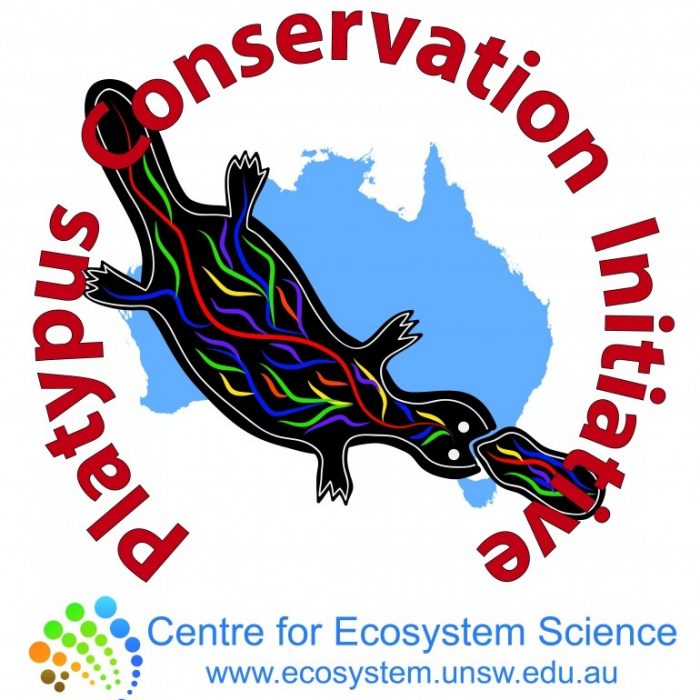Platypus Conservation Initiative

The platypus (Ornithorhynchus anatinus) is an Australian enigma, one of only five extant species of egg-laying mammals and the only species within the monotreme family Ornithorhynchidae. It is a semi-aquatic mammal, endemic to Australia, with both reptilian and mammalian characters: egg laying, fur, lactation, venomous spurs, and has electroreception. The platypus is an evolutionarily distinct mammal, making it of exceptional scientific value and an irreplaceable component of the Australian and global biodiversity.
The platypus is an iconic Australian species that has faced an increasing number and intensity of threats since European colonisation. It is currently listed as ‘Near Threatened’ under the International Union for Conservation of Nature (IUCN) Red List but not currently listed as threatened under Australia’s Environment Protection and Biodiversity Conservation (EPBC) Act 1999. In South Australia, the platypus is currently listed as Endangered (National Parks and Wildlife Act 1972) and in Victoria recently recommended to be listed as Vulnerable (Flora and Fauna Guarantee Act 1998).









